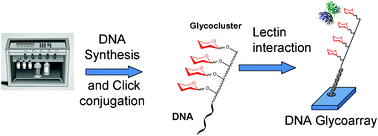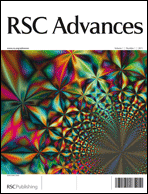 At the end of another successful year for RSC Advances, here are the top 10 most highly cited review articles in the Journal so far – all free to access!
At the end of another successful year for RSC Advances, here are the top 10 most highly cited review articles in the Journal so far – all free to access!
Triplet–triplet annihilation based upconversion: from triplet sensitizers and triplet acceptors to upconversion quantum yields, Jianzhang Zhao, Shaomin Ji and Huimin Guo, RSC Adv., 2011, 1, 937-950
Cucurbituril chemistry: a tale of supramolecular success, Eric Masson, Xiaoxi Ling, Roymon Joseph, Lawrence Kyeremeh-Mensah and Xiaoyong Lu, RSC Adv., 2012, 2, 1213-1247
Graphene-based photocatalytic composites, Xiaoqiang An and Jimmy C. Yu, RSC Adv., 2011, 1, 1426-1434
Graphene–inorganic nanocomposites, Song Bai and Xiaoping Shen, RSC Adv., 2012, 2, 64-98
CO2 chemistry: task-specific ionic liquids for CO2 capture/activation and subsequent conversion, Zhen-Zhen Yang, Ya-Nan Zhao and Liang-Nian He, RSC Adv., 2011, 1, 545-567
Transition metal complexes with strong absorption of visible light and long-lived triplet excited states: from molecular design to applications, Jianzhang Zhao, Shaomin Ji, Wanhua Wu, Wenting Wu, Huimin Guo, Jifu Sun, Haiyang Sun, Yifan Liu, Qiuting Li and Ling Huang, RSC Adv., 2012, 2, 1712-1728
Bioelectrochemical systems (BES) for sustainable energy production and product recovery from organic wastes and industrial wastewaters, Deepak Pant, Anoop Singh, Gilbert Van Bogaert, Stig Irving Olsen, Poonam Singh Nigam, Ludo Diels and Karolien Vanbroekhoven, RSC Adv., 2012, 2, 1248-1263
Graphene oxide and its reduction: modeling and experimental progress, Shun Mao, Haihui Pu and Junhong Chen, RSC Adv., 2012, 2, 2643-2662
Electrochemical capacitors utilising transition metal oxides: an update of recent developments, Wentao Deng, Xiaobo Ji, Qiyuan Chen and Craig E. Banks, RSC Adv., 2011, 1, 1171-1178
Making contact: charge transfer during particle–electrode collisions, Neil V. Rees, Yi-Ge Zhou and Richard G. Compton, RSC Adv., 2012, 2, 379-384
Stay up-to-date with the latest content in RSC Advances by registering for our free table of contents alerts.
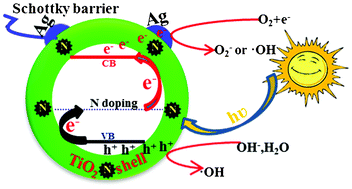











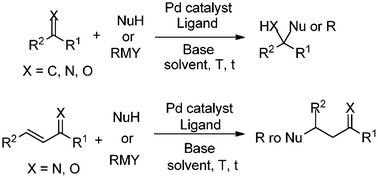 In this review article
In this review article  At the end of another successful year for RSC Advances, here are the top 10 most highly cited review articles in the Journal so far – all
At the end of another successful year for RSC Advances, here are the top 10 most highly cited review articles in the Journal so far – all 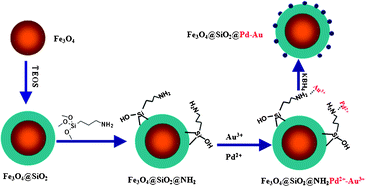
 As 2012 begins to draw to a close, we wanted to take a few moments to reflect back on what has been a very successful year for RSC Advances…
As 2012 begins to draw to a close, we wanted to take a few moments to reflect back on what has been a very successful year for RSC Advances…![The crystal structure of [Ir(DMP)3] The crystal structure of [Ir(DMP)3]](https://blogs.rsc.org/ra/files/2012/11/c2ra21951d-f31-905x1023.jpg)



